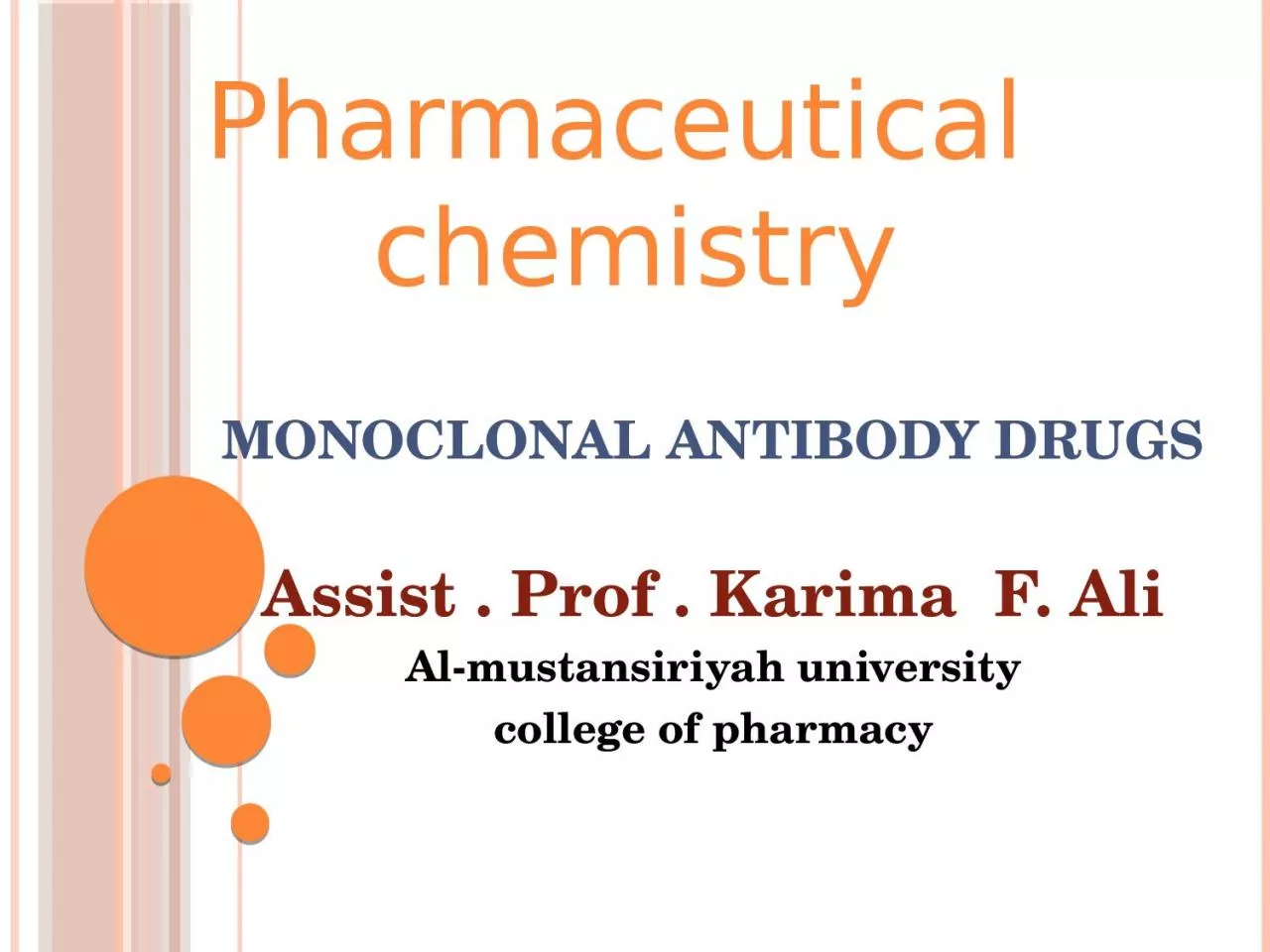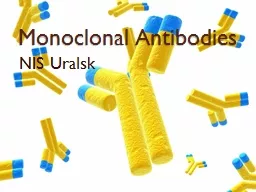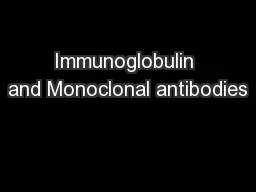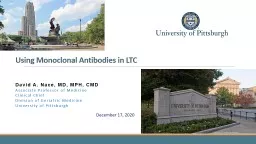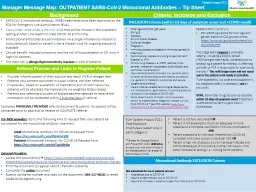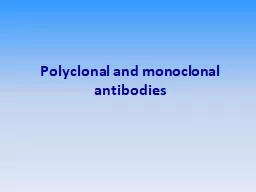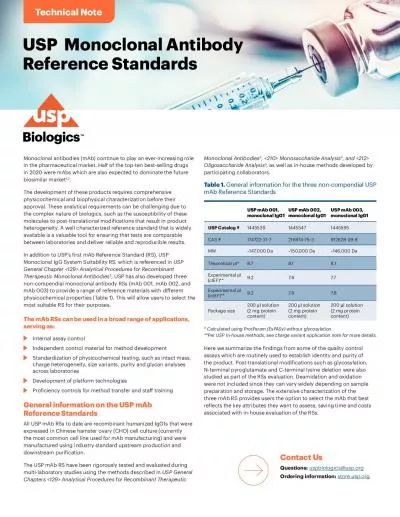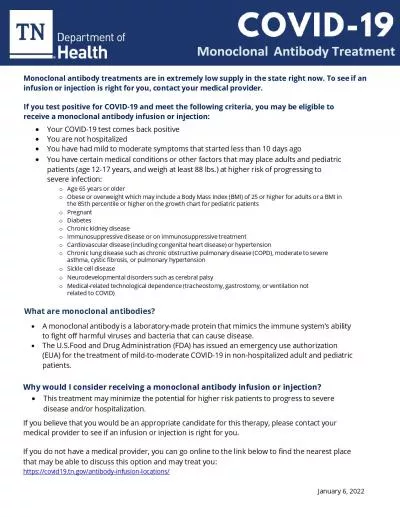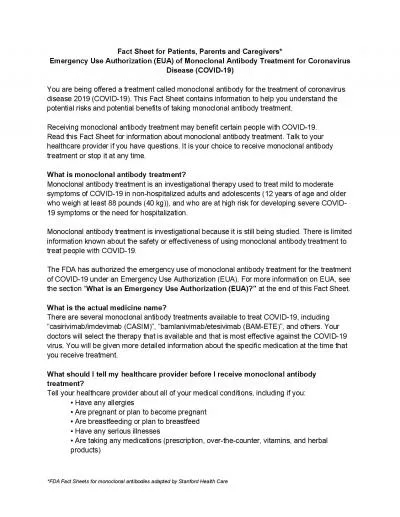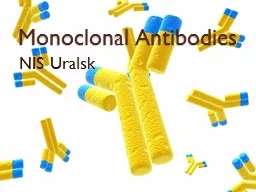PPT-Monoclonal antibody drugs
Author : alis | Published Date : 2022-06-08
Assist Prof Karima F Ali Almustansiriyah university college of pharmacy Pharmaceutical chemistry Monoclonal Antibodies Monoclonal antibodies mAb or moAb
Presentation Embed Code
Download Presentation
Download Presentation The PPT/PDF document "Monoclonal antibody drugs" is the property of its rightful owner. Permission is granted to download and print the materials on this website for personal, non-commercial use only, and to display it on your personal computer provided you do not modify the materials and that you retain all copyright notices contained in the materials. By downloading content from our website, you accept the terms of this agreement.
Monoclonal antibody drugs: Transcript
Download Rules Of Document
"Monoclonal antibody drugs"The content belongs to its owner. You may download and print it for personal use, without modification, and keep all copyright notices. By downloading, you agree to these terms.
Related Documents

